Outer Space & Universe
Outer Space & Universe
Space, also known as outer space, is the near-vacuum between celestial bodies. It is where everything (all of the planets, stars, galaxies and other objects) is found.
On Earth, space begins at the Kármán line (100 km above sea level). This is where Earth's atmosphere is said to stop and outer space begins. This is not a firm boundary but is a convention used by scientists and diplomats.
Items in space are free to move back and forth; up and down; and left and right. These three dimensions are what make 3D space. Items also move forward through time, which is sometimes called the fourth dimension.
The majority of space contains very little matter and so most of it is a vacuum. Scientists do not know how big space is but we do know that space is extremely big, and is always expanding.
According to the big bang theory, all matter and energy in the Universe was compressed into a very small space. Then it exploded and started expanding. Space is still growing in size today; this means the distance from one galaxy to distant galaxies is getting longer.
Gravity is the force that keeps the Moon in orbit around the Earth and the planets in orbit around the Sun. Gravity can stretch and bend space similar to how a heavy ball placed on a stretched sheet of rubber will cause the rubber to stretch. The scientist who discovered that space can bend is named Albert Einstein. How gravity bends space is part of his theory of general relativity.
Astronauts, Cosmonauts, Taikonauts and Spationauts
An astronaut is any person who is trained by NASA to travel and perform tasks in space. Although the space traveler may not necessarily be a United States citizen, each astronaut does go through a rigorous training regiment by the National Aeronautics and Space Administration. Other space travelers go by other names then astronaut depending on their country of origin.
In the United States, astronaut is derived from the Greek words ástron (star) and nautis (sailor). While, in Russia, a space traveler goes by the name космонавт (English: cosmonaut), which is derived from the Greek words kosmos (universe) and nautis (sailor). Westerners call a space traveler from China a taikonaut, based on the 1998 writings of Chiew Lee Yik and Chen Lan where the term tàikōng (great emptiness), Chinese for “space”. In China, the term yuháng yuán (universe navigator) is used for space traveler.
Only the United States of America (United States), Russia (earlier, the Union of Soviet Socialist Republics), and the People’s Republic of China (China) have sent manned spacecraft into space. Other countries have assisted these countries by sending their own space travelers on space missions. For instance, a French space traveler is called a spationaut (from the French word spationaute), which is derived from the Latin spatium (space) and Greek nautis (sailor). (plural in Greek nautes = sailors)
-
01:06
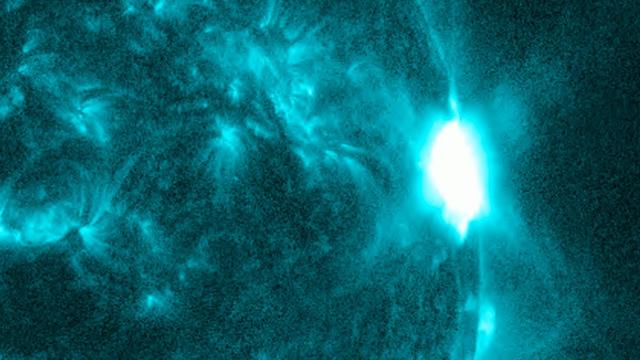
Suns erupts with long-duration X1.6-class solar flare in spacecraft time-lapse!
Added 160 Views / 0 LikesNASA's Solar Dynamics Observatory captured sunspot AR3386 blast a long-duration X1.6-class solar flare on Aug. 5, 2023. See at time-lapse of the flare in multiple wavelengths. Credit Space.com | footage courtesy: NASA/SDO/Helioviewer.org | edited by Steve
-
01:00
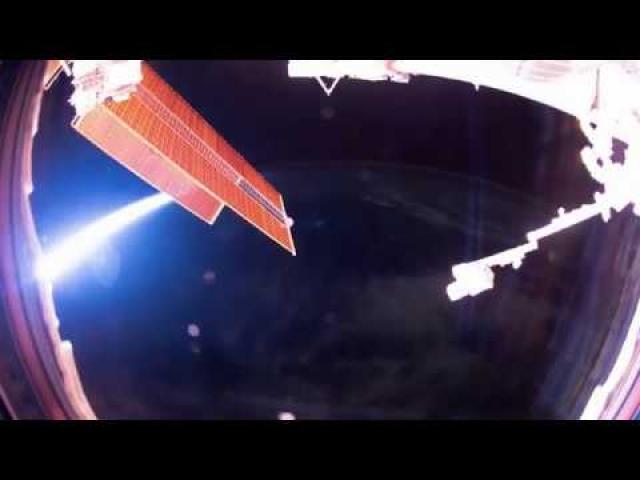
Sunset to Sunrise From Space - Astronaut Captures New View
Added 466 Views / 0 LikesNASA astronaut Ricky Arnold captured views of sunset to sunrise aboard the International Space Station. -- Earth from Space: Amazing Time-Lapse Videos by Astronaut Paolo Nespoli: https://www.space.com/39004-earth-from-space-amazing-time-lapse-videos.htmlC
-
01:07
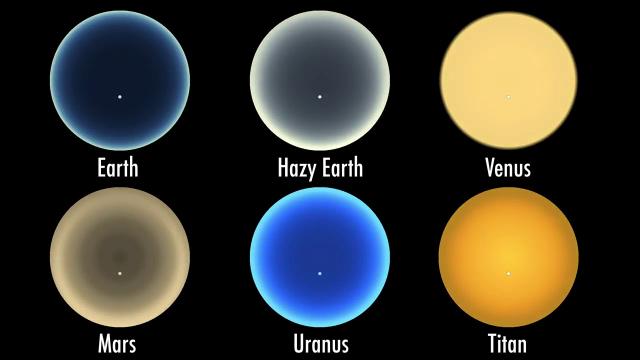
Sunsets on multiple planets (and a moon) side-by-side in simulation
Added 445 Views / 0 LikesSee sunsets on Earth, Mars, Venus, Uranus and Saturn's moon Titan in this simulation created by NASA planetary scientist Geronimo Villanueva.Credit: NASA
-
03:00

Sunsets Simulated! Uranus, Venus, Mars, Trappist-1e and Earth
Added 425 Views / 0 LikesThese sunset simulations were created by NASA planetary scientist Geronimo Villanueva "while building a computer modeling tool for a possible future mission to Uranus," according to the space agency's Goddard Space Flight Center. Credit: NASA's Goddard Sp
-
01:04
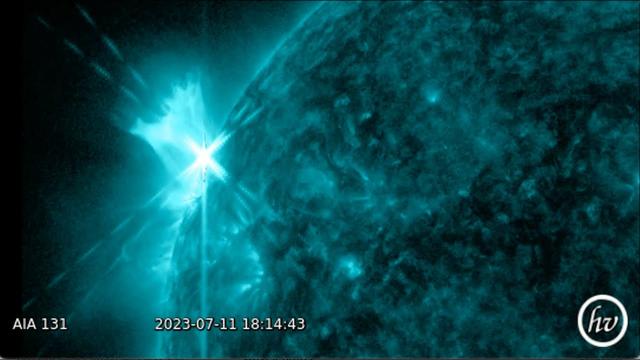
Sunspot blasts strong M6-class solar flare! See in multiple wavelengths
Added 192 Views / 0 LikesNASA's Solar Dynamics Observatory captured an M6-class solar flare on July 11, 2023 in multiple wavelengths. Credit: NASA/SDO | mash mix by Space.com
-
01:08
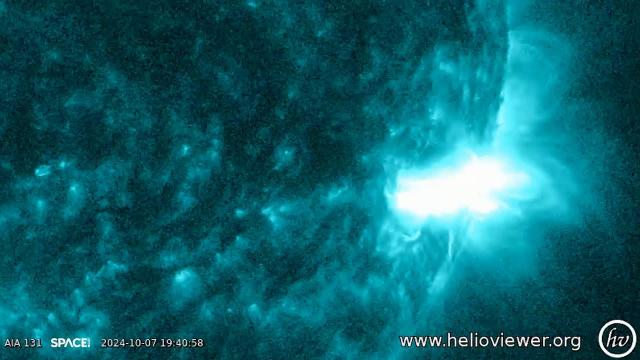
Sunspot blasts third powerful x-flare in a week
Added 96 Views / 0 LikesSunspot AR3842 erupted with an X2-class solar flare on Oct. 7, 2024. The same sunspot blasted X9 and X7 flares in the last week. NASA's Solar Dynamics Observatory captured the fireworks. Footage courtesy: NASA / SDO and the AIA, EVE, and HMI science teams
-
01:11
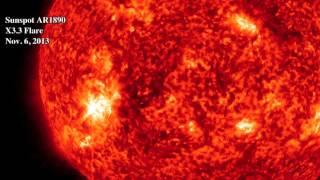
Sunspot Blows Off Second X-Flare This Week | Video
Added 823 Views / 0 LikesSunspot AR1890 erupted with an X3.3 flare on Nov. 6th, 2013 and an X1.1 flare on Nov. 8th. NASA's Solar Dynamics Observatory captured the fireworks.
-
01:09
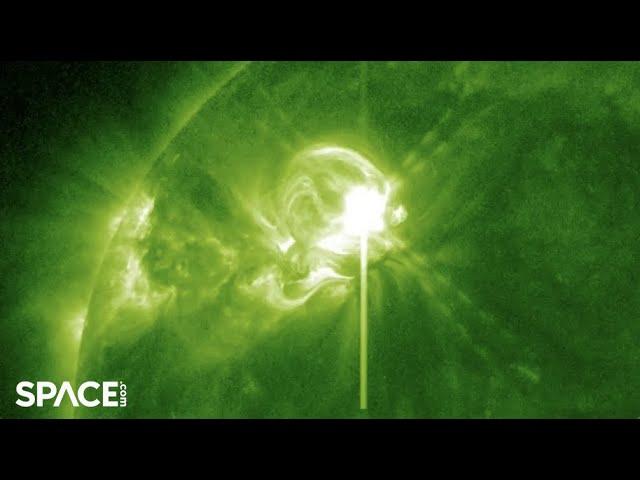
Sunspot complex blasts strong 'Earth-directed' M9-class flare!
Added 278 Views / 0 LikesSunspot complex AR2993-94 erupted with an M9.6-class solar flare on April 21, 2022. The complex is "almost directly facing Earth," according to Spaceweather.com.Credit: Space.com / footage courtesy: NASA/SDO / produced & edited by [Steve Spaleta](http://w
-
01:06
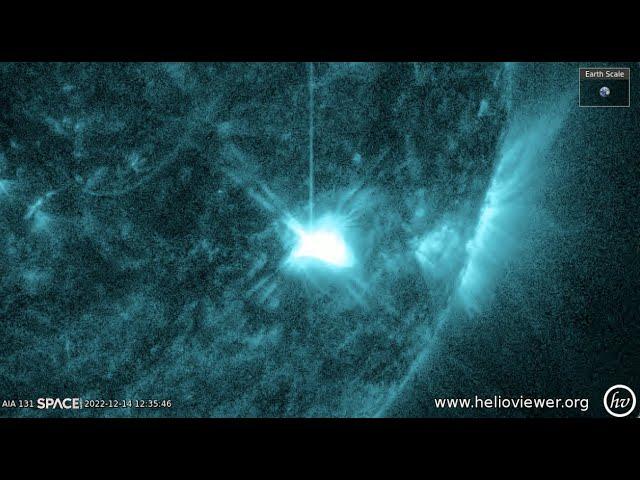
Sunspot crackling with strong M flares - See them in 4K time-lapse
Added 162 Views / 0 LikesSunspot AR3165 has erupted with several m-class solar flares in a span of a few hours. NASA Solar Dynamics Observatory captured the fireworks in several wavelengths. Credit: Space.com | footage courtesy: NASA/SDO/helioviewer.org | edited by Steve Spaleta
-
01:13
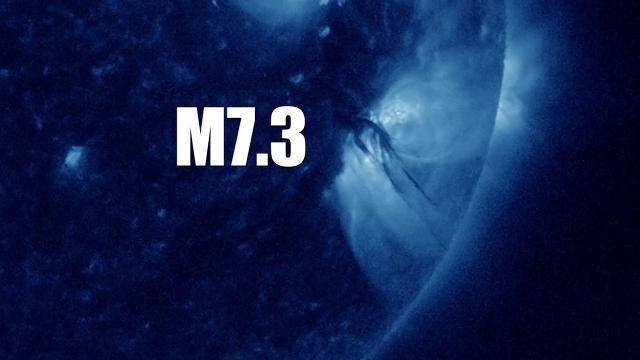
Sunspot Erupts Again With X and M Flares
Added 662 Views / 0 LikesSunspot Erupts Again With X and M Flares
-
01:00
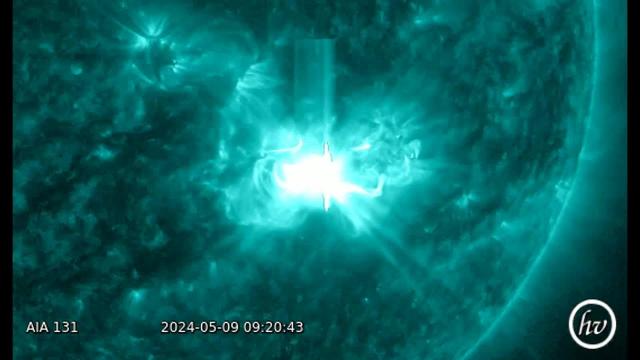
Sunspot erupts again with X2.2 solar flare! Spacecraft views
Added 136 Views / 0 LikesSunspot AR3664 has been very active the last few days. The latest blast was recorded as an X2.2-class solar flare. NASA's Solar Dynamics Observatory captured the fireworks.Footage courtesy: NASA / SDO and the AIA, EVE, and HMI science teams / helioviewer.
-
01:55
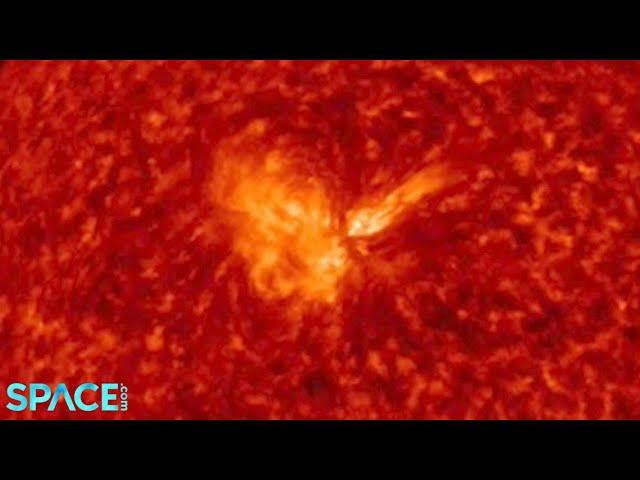
Sunspot erupts with 12 flares in 24 hours, spacecraft watches
Added 232 Views / 0 LikesSunspot AR2824 erupted with 10 C-flares and 2 M-flares starting on May 22, 2021. The active region on the sun blasted more flares and coronal mass ejections during the days that followed. NASA's Solar Dynamics Observatory captured imagery: https://www.spa
-
01:19
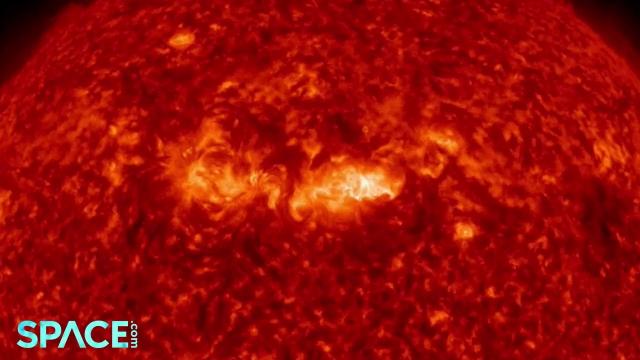
Sunspot erupts with 17 flares in a day, CMEs inbound
Added 216 Views / 0 LikesNASA Solar Dynamics Observatory watched sunspot AR2975 erupt17 times (11 c-class and 6 m-class flares) on March 28-29, 2022. The "eruptions have hurled at least two, possibly three, CMEs (coronal mass ejections) toward Earth," according to Spaceweather.co
-
01:01
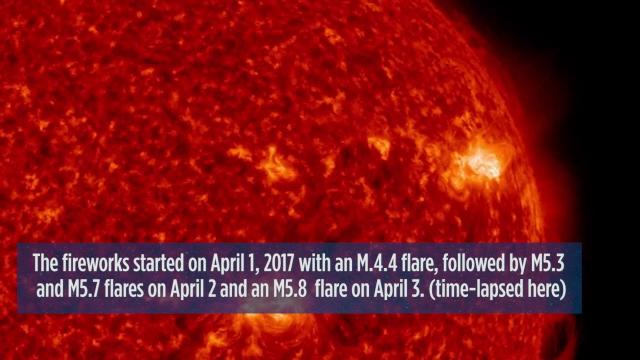
Sunspot Gets Active With Several Powerful Flares | Video
Added 777 Views / 0 LikesSunspot Gets Active With Several Powerful Flares | Video
-
01:09
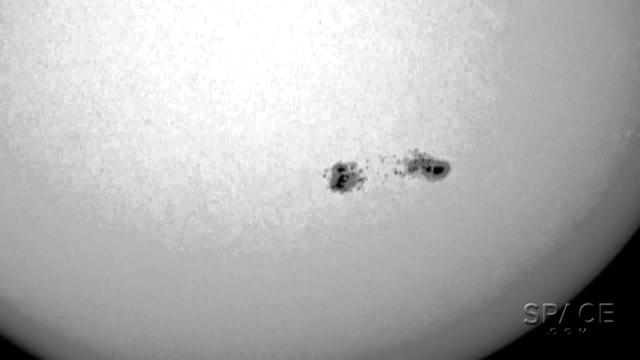
Sunspot Group's Break-Up Captured By Orbiting Observatory | Time-Lapse Video
Added 771 Views / 0 LikesSunspot Group's Break-Up Captured By Orbiting Observatory | Time-Lapse Video
-
00:58
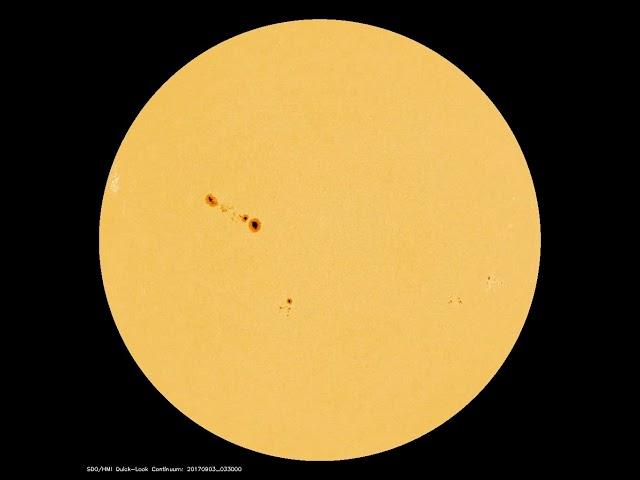
Sunspot Grows 10X Larger Surprisingly Fast
Added 633 Views / 0 LikesSunspot Grows 10X Larger Surprisingly Fast
-
01:01
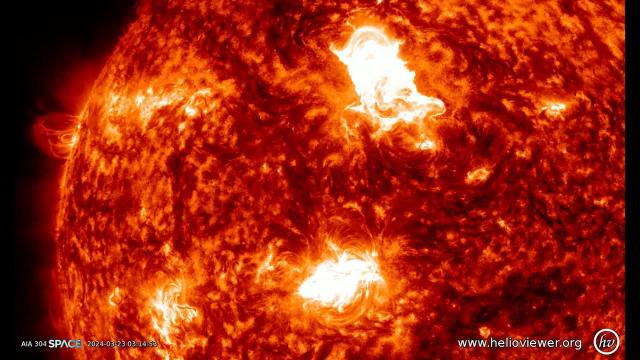
Sunspot pair may have erupted with 'sympathetic solar flares,' including an X-flare!
Added 124 Views / 0 LikesWhen sunspots erupt at nearly the same time, it could be something known ast "sympathetic solar flares." A double eruption from sunpots AR3614 and AR3615 on March 23, 2024 may be an example of it. One of the flares was an X1-class flare and was captured i
-
04:59
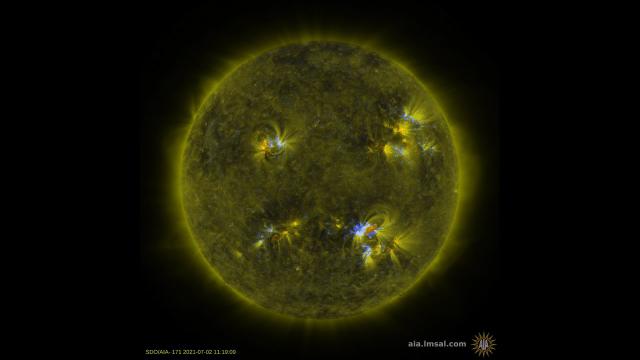
Sunspot progression has exceeded NASA & NOAA predictions & projections for 12 of last 13 months.
Added 217 Views / 0 LikesWhere is the evidence of a Grand Solar minimum?God bless everyone,T LEWISON5430 BIRDWOOD RD. #416HOUSTON TEXAS 77096https://www.paypal.me/THORnewshttps://venmo.com/TEric-Lewison$THORnews on CashApphttps://www.patreon.com/thornews
-
01:20
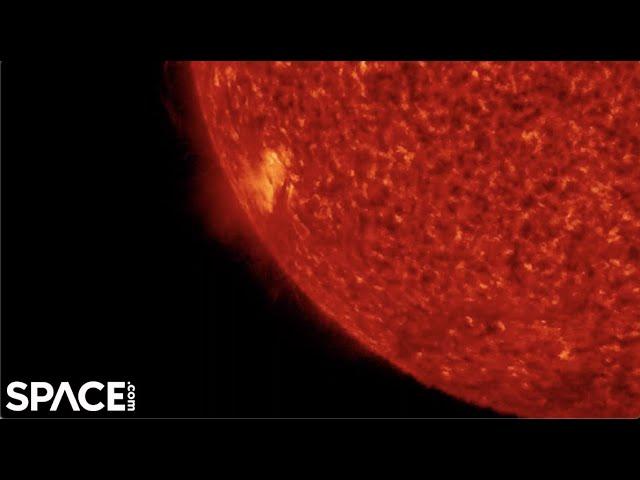
Sunspot spits fire and minor flares in stunning time-lapse
Added 461 Views / 0 LikesSunspot AR2765 was captured by NASA's Solar Dynamics Observatory as it rotated into the view of the spacecraft on June 3-5, 2020. The active region (AR) has been emitting minor flares during that period. Credit: NASA/SDO and theAIA, EVE, and HMI science t
-
01:05
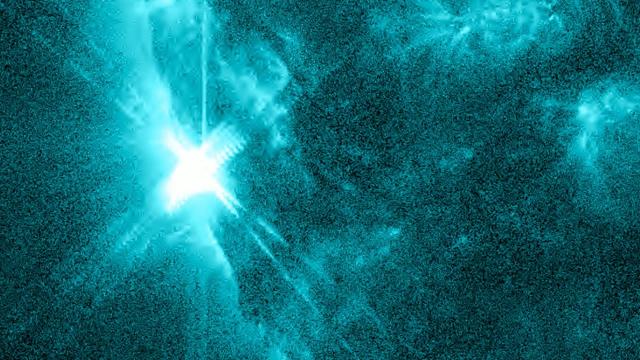
Sunspot that triggered May's massive solar storm returns again! Blasts strong flare
Added 97 Views / 0 LikesThe sunspot that triggered the massive solar storm that lit up Earth's skies with auroras in may has returned again. It is now called AR3723 (originally AR3664, then AR3697). It blasted a M9-class solar flare on June 23, 2024. Credit:
